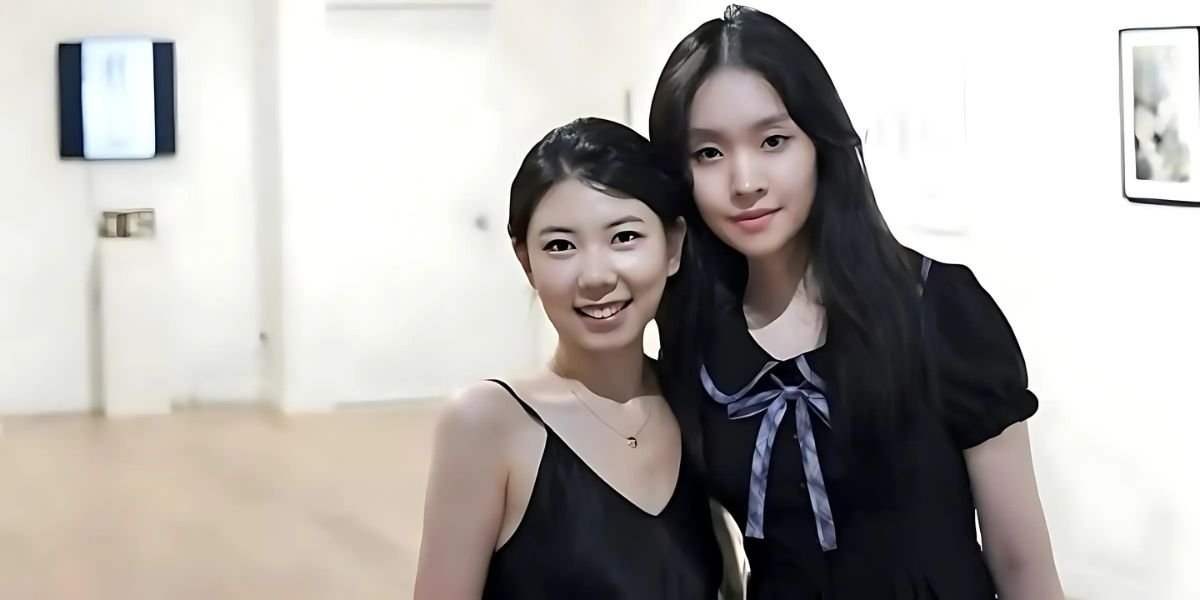By: Katherine Watkins, Xinyue Guo
San Francisco, CA – Lulin Shan’s design journey is anything but conventional. With a diverse background in landscape architecture, UX design, and product interaction, her work smoothly blends the poetic with the practical. Now in her new role as UX/UI Designer II at Applied Medical, Shan brings an award-winning track record and a unique voice that bridges high-tech innovation with deeply human-centered thinking.
One of her most well-known contributions is COFE+, an intelligent robotic coffee kiosk that redefines the coffee experience for the post-COVID era. Designed to be efficient, contactless, and always available, COFE+ uses a robotic arm to grind and serve premium coffee within 50 seconds. More than just a machine, it’s a user-centric product that has found its place in offices, airports, and public spaces, where it’s available 24 hours a day and integrates into people’s daily routines.
Shan played a crucial role in shaping the overall user experience of COFE+, from its mobile application to on-machine interface. “We wanted to create something elegant and intuitive,” she recalls. “The challenge wasn’t just functionality, it was emotional. How do you make a robot feel approachable?”
The solution was found in meticulous interface design, subtle motion cues, and streamlined interactions that guide users without overwhelming them. This thoughtful approach helped COFE+ win both the 2022 European Product Design Award and the 2023 International Design Award, drawing attention not just from designers but also from the robotics industry.
Her talent for blending clarity with emotional resonance extends beyond smart hardware. With XYG Window, Shan shifted her focus to digital identity design, helping the creative team at XYG Studio reimagine their brand through the lens of tradition and modernity. The project, another award-winning entry in her portfolio, draws inspiration from Chinese seal script and the iconic window designs of Suzhou’s classical gardens.
The logo, a geometric reinterpretation of the studio founder’s name, serves as a visual anchor, symbolizing both legacy and innovation. Shan contributed to not only the visual identity, but also the studio’s homepage and interaction design, where navigation buttons are thoughtfully crafted from the interplay of positive and negative space, echoing the yin-yang principle.
“XYG Window was about more than just aesthetics,” she explains. “It was a conversation between generations, something timeless that could evolve with the studio.” The result is a digital presence that is elegant, evocative, and deeply rooted in cultural authenticity.
Shan’s professional path has always reflected this hybrid perspective. Trained at USC, UCLA Extension, and Carnegie Mellon University, she has mastered disciplines from spatial design to digital interaction. Her experiences at industry leaders like Baidu, HP, and now Applied Medical have exposed her to fast-paced environments where clarity and precision are essential.
At Applied Medical, she designs digital products that streamline internal processes and support enterprise resource planning systems. Her work includes conducting user research, creating wireframes and interactive prototypes, and helping develop design systems that ensure consistency across complex platforms.
“When designing for complex enterprise applications, you don’t just design for usability, you design for trust,” Shan notes. “Every button, every interaction, needs to help users feel confident navigating critical workflows.”
This focus on the emotional dimension of design sets her work apart. Whether helping a user order coffee from a robot, discovering a design studio’s philosophy, or guiding surgeons through an interface, Shan brings deep empathy to every touchpoint. Her work doesn’t just make technology easier to use, but also makes it feel more human.
With every new project, Shan continues to ask the same foundational question: how can design quietly impact people’s lives? In the case of COFE+, it’s through reimagining automation as hospitality. In XYG Window, it’s through preserving heritage in pixels. And in healthcare, it’s about designing systems that simplify complexity and empower teams to focus on what matters most.
One thoughtful interface at a time, Lulin Shan is showing us that great design isn’t just seen or used, it’s felt.
Published by Stephanie M.










